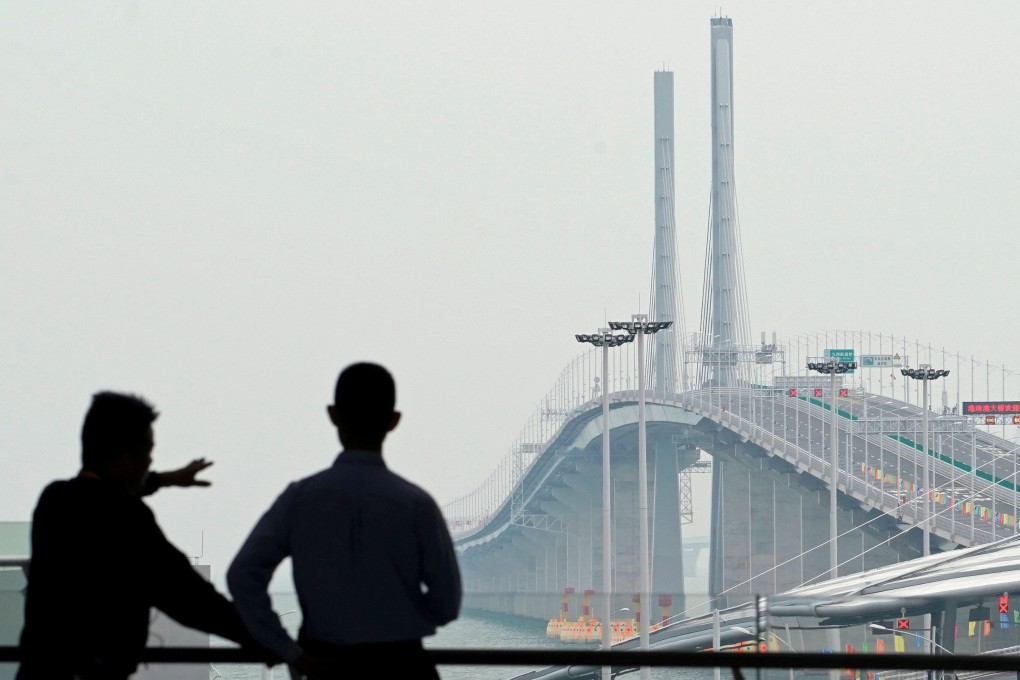Advertisement
Concrete Analysis | Hong Kong’s vision of Greater Bay Area is materialising with dual-metropolis concept, infrastructure drive
- Infrastructure projects are paving the way for the realisation of a vision of a one-hour living circle in the Guangdong-Hong Kong-Macau Greater Bay Area
- Despite the uncertainties Covid-19 has brought to Hong Kong, the city’s long-term future is well supported by the government’s policies
Reading Time:3 minutes
Why you can trust SCMP
2

Major infrastructure projects in Hong Kong, such as the Hong Kong-Zhuhai-Macau Bridge and the high-speed rail, have been enhancing the city’s connectivity, not only within the territory but also with the neighbouring region.
These projects, combined with many more that are currently under development, are paving the way for the realisation of a vision of a one-hour living circle in the Guangdong-Hong Kong-Macau Greater Bay Area.
Looking at these infrastructure projects from a macro view, we see Hong Kong’s future development areas forming a dual-metropolis model, as suggested by Chief Executive Carrie Lam last year in her Policy Address.
Advertisement
The Northern Metropolis, set to span over 300 sq kilometres in the north of New Territories, will be developed as an international innovation and technology hub, while the Harbour Metropolis, which will include the existing commercial hubs alongside Kowloon and Hong Kong Island as well as artificial islands around Kau Yi Chau, is poised to strengthen Hong Kong’s role as an international financial centre. In the long term, these two metropolises will form a major source of future residential supply, capable of accommodating 3.2 million to 3.6 million residents.

The two metropolises will not only serve the purpose of driving a diverse economy and blending into Greater Bay Area development, but also of harvesting land resources so that residents in Hong Kong can effectively improve their living environment and ultimately solve the housing issues that have ailed the city for many years.
Advertisement
Advertisement
Select Voice
Choose your listening speed
Get through articles 2x faster
1.25x
250 WPM
Slow
Average
Fast
1.25x
